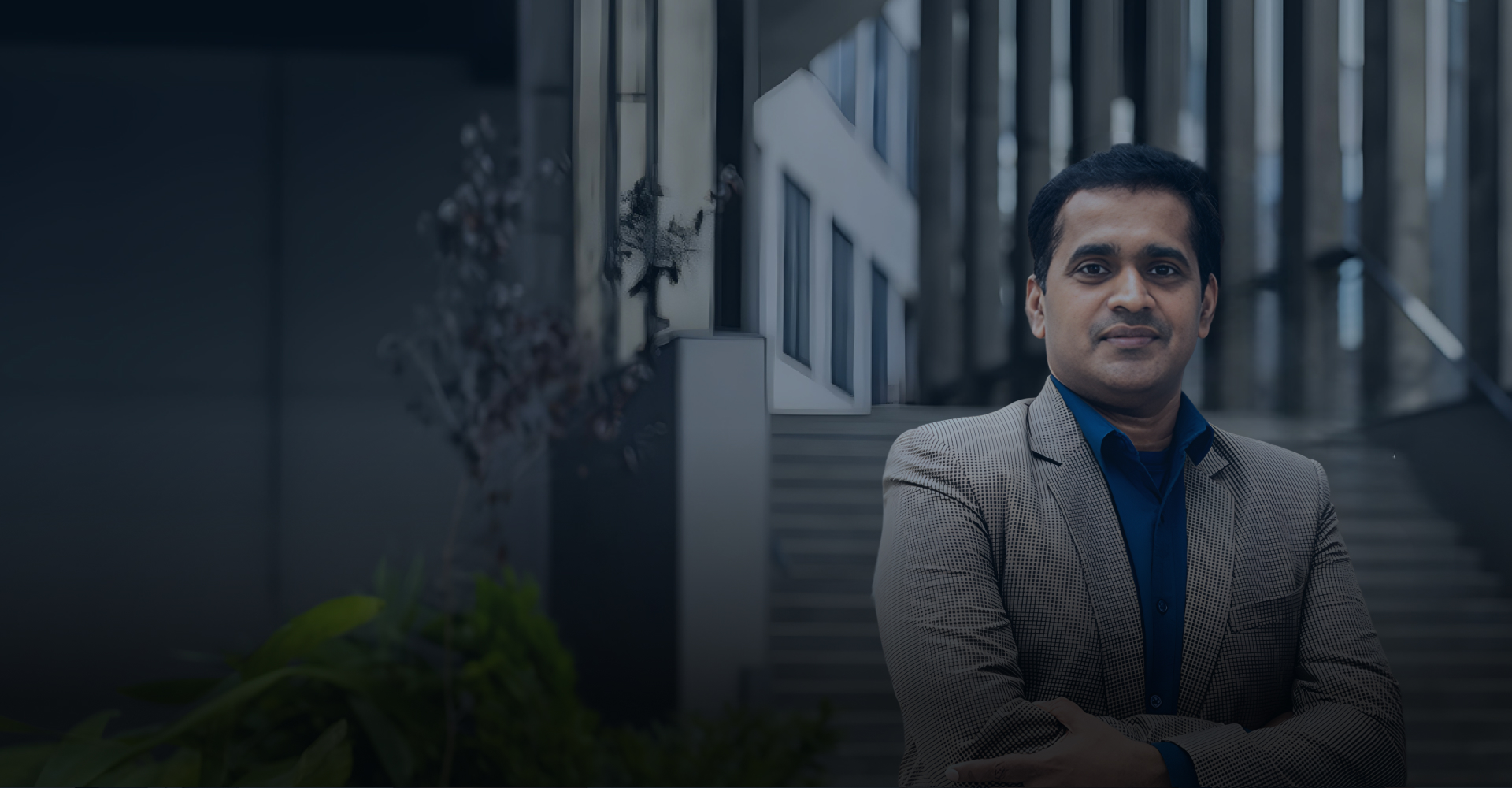
Ansar K A
Assistant Vice President - Engineering
When I began my journey as an engineering leader, success was measured by how quickly we shipped — features, patches, deadlines. I joined as a Development Manager, focused on execution. But it didn’t take long to realize that speed without structure leads to burnout, rework, and disengagement.
What the team needed wasn’t just direction — it was a mindset shift in how we worked, learned, and delivered.
Where It All Started: Fixing the Delivery Mindset
One of my early observations was that our delivery process was reactive and fragmented. We were pushing work through without a shared understanding of why or how. There was a visible gap in agility, ownership, and cross-team collaboration.
To address this:
- I started conducting interactive sessions on Agile, Scrum, and SAFe frameworks
- I created a safe space for open dialogue around what wasn’t working in delivery
- We began discussing the role of ownership, iteration, and transparency in a healthy engineering culture
It wasn’t about introducing a framework for the sake of it — it was about teaching the team how to think differently about building software.
Enabling Self-Driven Growth
Changing mindset wasn’t enough. We needed to build capability — especially as we prepared to modernize our tech stack.
To encourage continuous learning, we:
- Launched self-learning groups within the team, centered on emerging tech, problem-solving, and architecture
- Motivated engineers to take up external courses and certifications, offering guidance on what to explore
- Made learning visible and celebrated, turning growth into a shared goal
Upskilling became a shared habit—not a checkbox.
Seeding the Shift to a New Tech Platform
As we encouraged the team to think beyond their comfort zones, conversations naturally evolved:
“Can we apply what we’re learning to our current legacy product?”
“Would this work better in React or Golang ?”
These discussions planted the seed for something bigger — a complete platform transformation.
We didn’t rush it. Instead, we took a deliberate approach:
- Started evaluating how new stacks could co-exist with the legacy platform
- Experimented with React micro-frontends to bring modularity into our UI
- Used Golang to simplify and scale backend services
- Opened the doors to external expertise, but kept the core transformation in-house
This transformation wasn’t handed down—it was built with the team, not for them. By empowering our own team to take the lead — with a few strategic external hires for acceleration — we built confidence, capability, and true team belief that we could own this transformation ourselves. Choosing the Right Stack for the Right Problem
One key decision we made was to not fall in love with a single tech stack. Instead, we focused on choosing the right tool for each use case — performance, scalability, team familiarity, and long-term supportability.
Our architecture evolved into a multi-stack ecosystem, now known as blueBriX, comprising:
- Client: Angular, React, React Native, Remix, Nx
- Backend Services: Golang, Python, Node.js, Java (Spring Boot), PHP, Julia, R
- Communication: REST, gRPC, OAuth 2.0, JWT, OpenID
- Event & Streaming: Kafka, Amazon SQS, Kinesis, Apache Spark
- Databases: MongoDB, PostgreSQL, Redis, MySQL, S3
- Visualization: Power BI, Tableau, Amazon QuickSight
- CI/CD & Observability: GitHub, Jenkins, ECR, EKS, Promtail, Grafana, Loki, Jaeger
- Infrastructure as Code: Terraform
This composable, modular architecture wasn’t built overnight. It emerged from collaborative learning, cross-functional ownership, experimentation, and shared confidence in the team’s ability to deliver and adapt.
From Silos to Full-Stack Versatility
We moved beyond the old model of “frontend vs backend.” Instead, we:
- Promoted full-stack thinking—understanding UI, backend, APIs, and deployment
- Encouraged end-to-end ownership across features and teams
- Built cross-functional teams driven by agility and accountability
Over time, engineers began stepping into unfamiliar stacks, mentoring each other, and growing into true product builders.
What I’ve Learned as a Leader
Today, as AVP of Engineering, I can say with certainty: transformation starts with trust.
Not just in the tech — but in your team’s ability to grow into something more than what their titles suggest.
Some of my biggest leadership lessons:
- Start small, but consistently invest in mindset and learning
- Encourage engineers to be curious, not just compliant
- Don’t just lead a team — believe in their potential before they believe in themselves
- Transformation is not about replacing legacy — it’s about evolving with purpose
Final Thoughts
The tools and frameworks will continue to change. But the foundation we build — based on trust, capability, and autonomy — will define how far a team can go.
If you’re leading a team and thinking about transformation, ask yourself:
“Are we building systems — or building belief?”
Because when your team believes in what they can do together, the possibilities are limitless.



